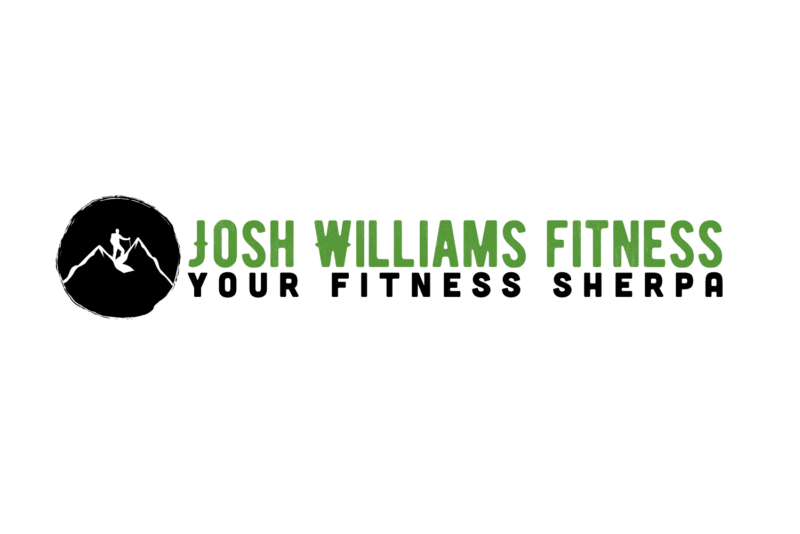
I pulled my truck into the garage and pressed the button on the visor to lower the garage door. As it began to lower, I hear a squeaking sound as it closed. I ignored the sound for a few weeks, knowing that it was most likely a spring adjustment causing the problem.
In this case, I knew what the problem was, and I knew what the solution was with good odds. Still, for about a month, I didn’t want to deal with preventative maintenance and take the 10 minutes to adjust the springs and fix the problem.
What got me to go out to my garage and fix the problem finally? My rational self reminded me of the time I didn’t replace my garage door springs in time. It riped the drive gear out of my garage door opener, costing me money and hours and hours to fix.
Doing preventative maintenance will keep your house running smoothly, saving you time and money in the long run by investing little time in the moment.
This post is not a home maintenance post, and I hope you can see the carryover to yourself. But, unfortunately, we often put off taking care of ourselves until it becomes a big enough problem that we can no longer stand to ignore it.
Putting off can look like not dealing with posture until your shoulders or back hurts; it could be putting off getting a nagging back injury looked at. But, of course, there are many more forms of putting off; I am sure you can think of.
Here are five forms of preventative maintenance you can work into your life. You may not need all of them, but everyone needs to be doing a few of them.
Foam Rolling
When it comes to Foam Rolling and mobility work, a good rule is that you need to do it for every decade old if you are 20 two times a week for 10 to 20 minutes if you are 60 six times a week.
Foam rolling is one way to help increase mobility.
Areas to focus on:
- Bottoms of feet
- Calfs
- Hips
- Lats
- Shoulders
- Quads
- Hip Flexors
Mobility Work
Mobility work can take a few forms. For example, it could be working through a range of motion by rocking a joint or doing circles. It could also be doing YOGA or other mobility-focused classes.
Areas that need mobility:
- Ankles
- Hips
- Thoracic Spine
- Upper Cervical Spine
- Shoulders
- Wrists
Corrective Exercises
Corrective exercises can take many forms. For example, suppose you went to physical therapy and were given a list of exercises to follow. In that case, those should be done a few times a week to maintain, even after you feel better.
Other corrective exercise ideas:
- Working on balance
- Working on core strength (front and side plank)
- Exercises to fix posture
Professional Work ( Physical Therapy, Massage Therapy, Acupuncture, Chiropractor, etc.)
Sometimes we need professionals to help or want someone else to do it for us.
If you are dealing with an injury, you need to get it checked out by a PT or a doctor. Catching a problem early on can be the difference between a lifetime of pain or a short time of pain.
When you feel tight and stretching, and foam rolling are not doing the trick turning to massage or other forms of therapeutic release can be helpful.
Rest
Listing to your body is critical in all of this. First, being aware, second, knowing where to turn to find answers, and third, doing something about it.
One area that is brushed off is sleep. Quality sleep is the driver of recovery to prevent injures and increases motivation for you to follow through with maintenance.
Put a high value on sleep will fix a lot of maintenance issues.
You don’t have to do all of these, but at least put effort into sleep and following the mobility rule. Those two will go a long way in you feeling and moving better.
Your Fitness Sherpa,









